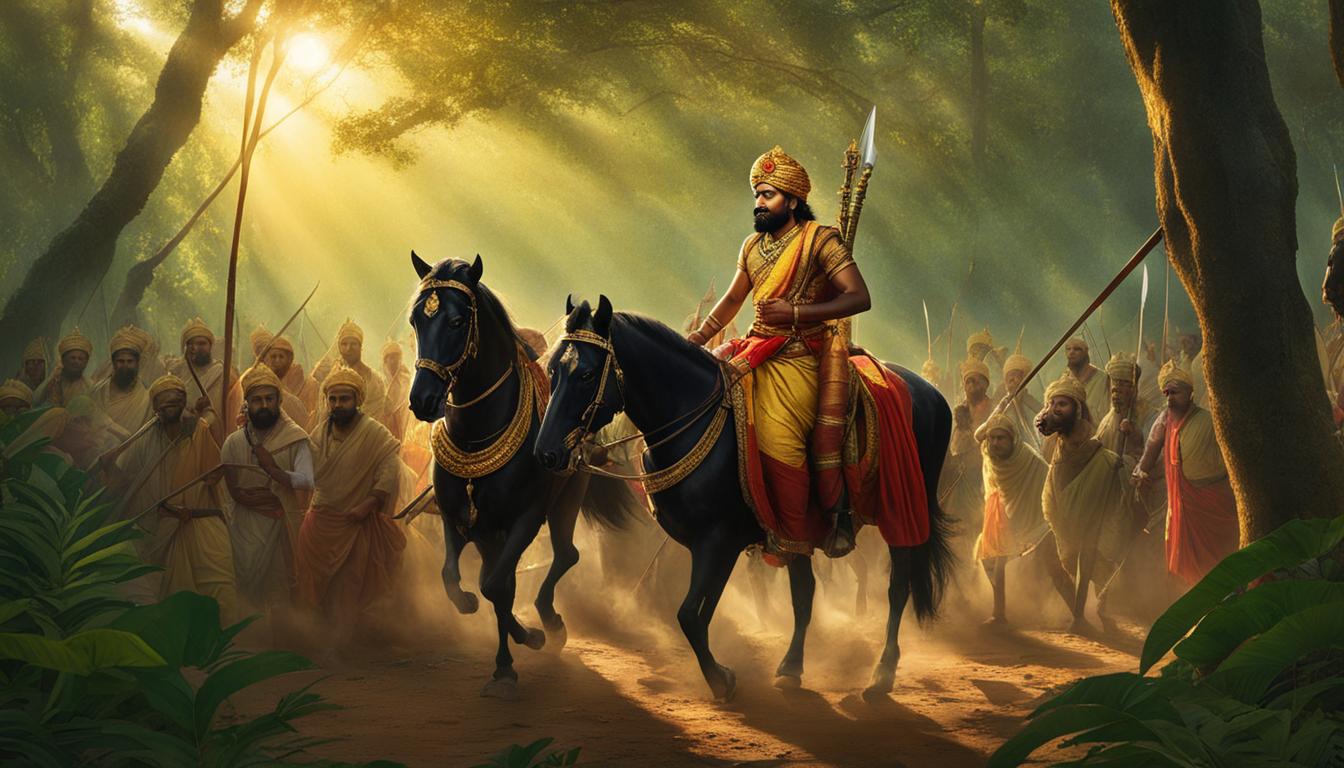Welcome to a journey through history, where we delve into the captivating story of Pazhassi Raja, an Indian revolutionary who fearlessly stood against British colonialism. As we uncover the remarkable exploits of this legendary hero, we gain insight into the indomitable spirit that shaped the destiny of a nation.
Pazhassi Raja, known as the Cotiote Rajah and Pychy Rajah, emerges as one of India’s earliest freedom fighters. As the de facto head of the Kottayam Kingdom in Kerala between 1774 and 1805, he valiantly fought against the oppressive rule of the British East India Company during the Cotiote War.
His martial prowess earned him the moniker “Kerala Simham” or “Lion of Kerala.” Born into the western branch of the Kottayam royal clan, Pazhassi Raja assumed the throne in 1774, leading a rebellion against the Mysore army until 1793.
Following the Third Anglo-Mysore War, the East India Company gained control over Kottayam, sparking a mass resistance led by Pazhassi Raja in 1793. Evading capture in 1796, he carried on the fight through guerrilla warfare. For five years, he waged a war of insurgency until his ultimate demise in 1805 during a skirmish at the present-day Kerala-Karnataka border.
Key Takeaways:
- Pazhassi Raja was a prominent Indian revolutionary who fought against British colonialism.
- He led a rebellion against the Mysore army and later engaged in a war of resistance against the British East India Company.
- Pazhassi Raja’s martial exploits earned him the title “Kerala Simham” or “Lion of Kerala”.
- He is remembered as one of India’s earliest freedom fighters.
- The legacy of Pazhassi Raja continues to inspire generations with his unwavering spirit and bravery.
The Dharma Raja and the Battle for Values
During the uneasy balance of power in South India following the second Anglo-Mysore war, Rama Varma of Travancore formed an alliance with the British. This alliance, stated in the Treaty of Mangalore, made an attack on Travancore an attack on the British.
However, Tipu Sultan, seeking to subdue Travancore, instigated uprisings in Malabar and carried out a genocide, forcibly converting Hindus to Islam.
In the face of conflict, Rama Varma, also known as Dharma Raja, remained steadfast to his values and protected the weak and distressed who sought refuge in Travancore. He requested the British for military assistance, leading to the deployment of British troops at the northern boundary of Travancore.
By aligning with the British, Rama Varma sought to defend not only his kingdom but also the principles of justice and tolerance. Despite the risks involved in this strategic decision, he prioritized safeguarding the vulnerable and upholding the values that defined Travancore.

Through his actions, Dharma Raja demonstrated that leadership and alliances can be formed not just for political gain, but also to protect the values and ideals that are fundamental to a society’s well-being.
The Fuse is Lit – The Battle of Nedumkotta
Travancore’s fate hung in the balance as the Mysore invasion loomed. The mighty Nedumkotta fortress stood as the last line of defense, but there was a vulnerable strip of land along the western coast that remained unprotected. Recognizing the urgent need to bolster their defenses, Rama Varma, the valiant ruler of Travancore, extended an invitation to the British troops to station themselves at this critical location.
Marching to the aid of Travancore, the British troops set up camp, prepared for the imminent clash with Mysore. With their arrival, an air of determination filled the atmosphere, as if the fuse had been lit. The fate of Travancore hinged on the outcome of the impending battle at Nedumkotta.
Meanwhile, the Dutch, having established their presence in the region, also closely monitored the growing tensions. Their strategic position afforded them a vantage point from which they observed the unfolding events, anxiously awaiting the outcome. The stage was set for an epic confrontation, with Nedumkotta standing as a symbolic battleground.
FAQ
Who was Pazhassi Raja?
Pazhassi Raja, also known as Cotiote Rajah and Pychy Rajah, was the de facto head of the Kottayam Kingdom in Kerala between 1774 and 1805. He was one of the earliest freedom fighters in India, valiantly fighting against the British East India Company during the Cotiote War. His martial exploits earned him the epithet “Kerala Simham” or “Lion of Kerala.”
What role did Rama Varma play in Travancore?
Rama Varma, also known as Dharma Raja, was the ruler of Travancore during a turbulent period in South India. He formed an alliance with the British following the second Anglo-Mysore war, which made an attack on Travancore an attack on the British. Despite the conflict instigated by Tipu Sultan, Rama Varma remained steadfast in protecting the weak and distressed who sought refuge in Travancore.
Why did Rama Varma invite British troops to Travancore?
Rama Varma recognized a vulnerable strip of land along the western coast of Travancore that was unprotected. To strengthen their defenses against the impending Mysore invasion, he invited British troops to station at this point. The British troops set up camp, awaiting the inevitable attack from Mysore in what would become the battle of Nedumkotta.
What was the significance of the battle of Nedumkotta?
The battle of Nedumkotta was a critical moment in the defense of Travancore. The outcome of this battle would determine the fate of the kingdom and its resistance against the Mysore invasion. British troops, stationed at the vulnerable western coast, awaited the Mysore attack and played a decisive role in the defense of Nedumkotta.
